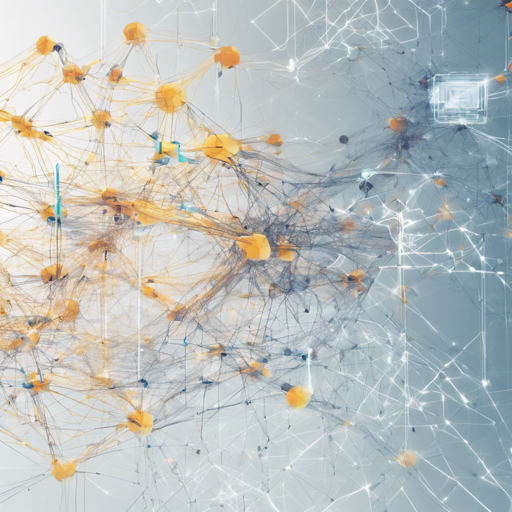Welcome to your go-to guide for implementing the DynamicFusion project inspired by the remarkable work of Newcombe et al. (2015). This project focuses on real-time reconstruction and tracking of non-rigid scenes, paving the way for advancements in computer vision. Whether you are a seasoned developer or a budding enthusiast, this blog post will lead you through the process step-by-step.
Getting Started with DynamicFusion
Before diving into the implementation, ensure you have the necessary setup ready. Let’s break it down into easy steps!
1. Clone the Repository
First, you need to clone the DynamicFusion project along with its dependencies by running the following command:
git clone https://github.com/mihaibujancadynamicfusion --recursive2. Installing NVIDIA Drivers
To fully utilize the GPU capabilities, install the NVIDIA drivers:
- Search for “Additional Drivers” on your system.
- Select “Using NVIDIA binary driver – version 375.66 from nvidia-375” (proprietary, tested).
- Ensure you have the appropriate processor microcode firmware for Intel CPUs.
- Don’t forget to restart your machine to complete the installation.
3. Building the Project
For fresh installations, navigate to your project directory and grant execution permissions to the build script:
chmod +x build.sh
./build.shIf you’re not performing a fresh installation, check the build instructions in build.sh for more details.
- If you want to run tests, set
-DBUILD_TESTS=ON. - To save frames demonstrating reconstruction progress, include
-DSAVE_RECONSTRUCTION_FRAMES=ON. The frames will be stored inproject_root/output. - To build the documentation, navigate to the project root directory and run:
oxygen -g doxygen Doxyfile4. Running the Application
To run the application, first download any required data and then use the following command:
download_data
./build/bin/dynamicfusion data/umbrellaUnderstanding the Code: An Analogy
Think of the DynamicFusion code as a detailed recipe for a complex dish. Each step corresponds to an ingredient or method essential for creating a perfect meal. The initial cloning is like gathering all your ingredients; installing drivers is akin to prepping your kitchen; and the build process involves mixing these ingredients appropriately to achieve a mouth-watering outcome: a real-time non-rigid 3D reconstruction!
Building for Windows
If you’re on Windows, you’ll need to ensure you have the following dependencies:
- CUDA 5.0 or higher
- OpenCV 2.4.8 or higher
- Boost (libraries: system, filesystem, and program options)
- Ceres solver (tested with version 1.13.0)
- Other optional dependencies (GTest, Doxygen, OpenNI)
Troubleshooting Common Issues
As with any project, you may encounter bumps along the road. Here are some troubleshooting ideas:
- If you run into issues with NVIDIA drivers, ensure you have the latest version compatible with your hardware.
- For installation errors regarding dependencies, double-check the version requirements and install the necessary dependencies or their appropriate substitutes.
- If errors persist in building or running the project, consult the official documentation or community forums for solutions.
- Stay updated and engaged with the latest developments and methods by visiting this helpful tutorial.
For more insights, updates, or to collaborate on AI development projects, stay connected with fxis.ai.
Conclusion
By following this guide, you are now equipped to implement the DynamicFusion project effectively. Remember, software implementations can be tricky, but with perseverance and the right resources, you’ll master the art of real-time 3D reconstruction in no time!
At fxis.ai, we believe that such advancements are crucial for the future of AI, as they enable more comprehensive and effective solutions. Our team is continually exploring new methodologies to push the envelope in artificial intelligence, ensuring that our clients benefit from the latest technological innovations.

